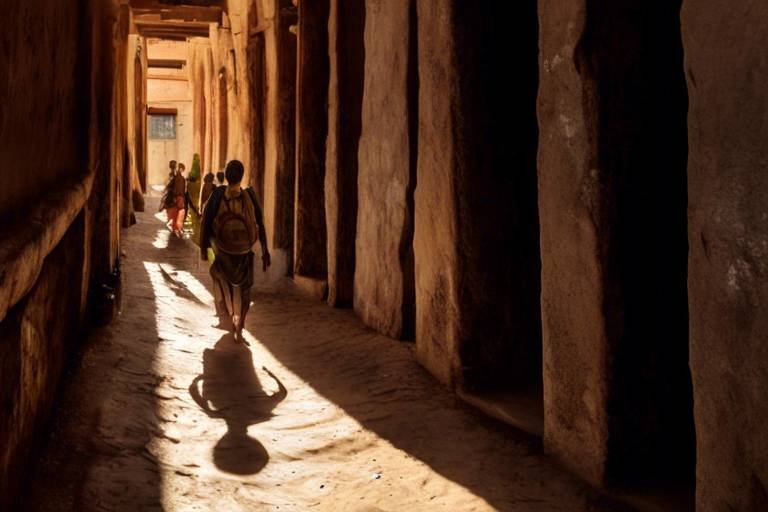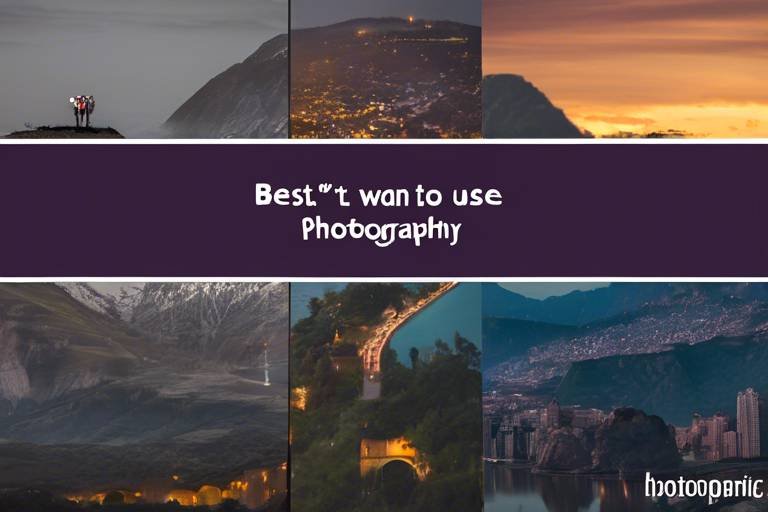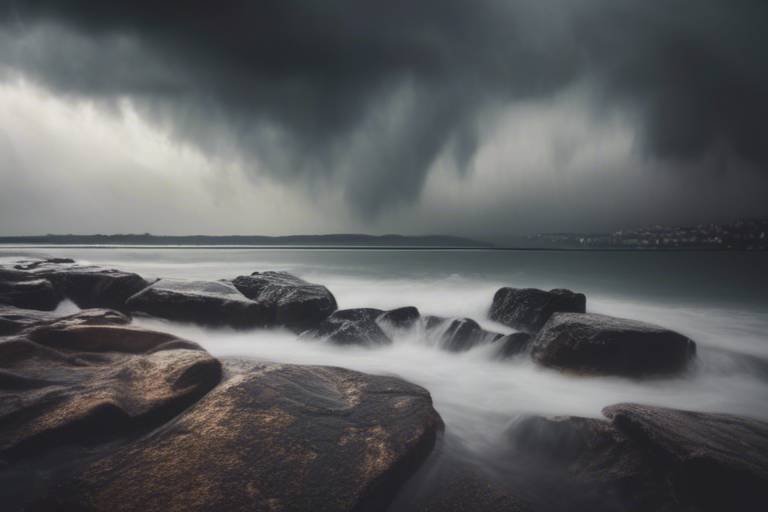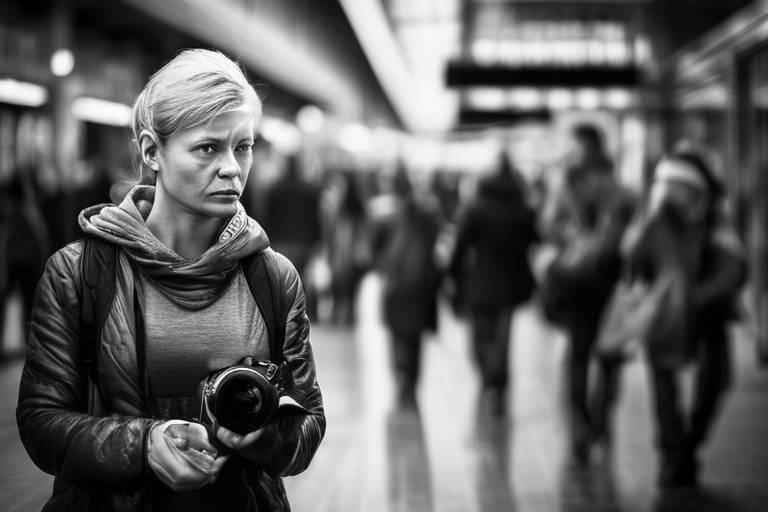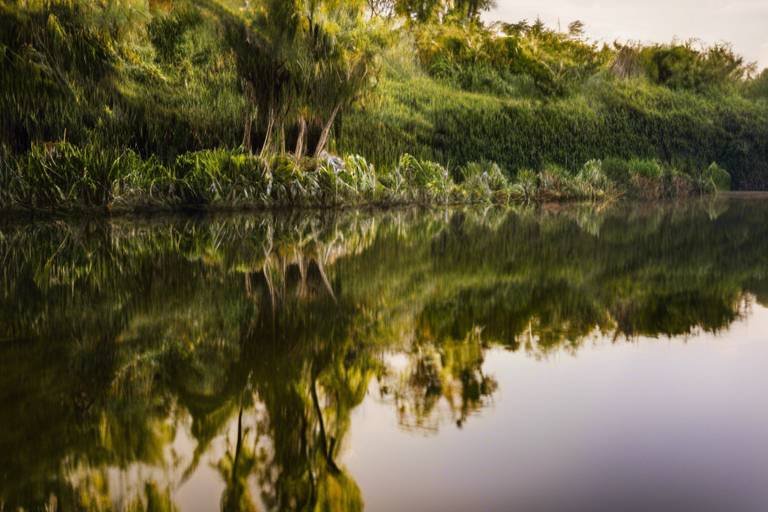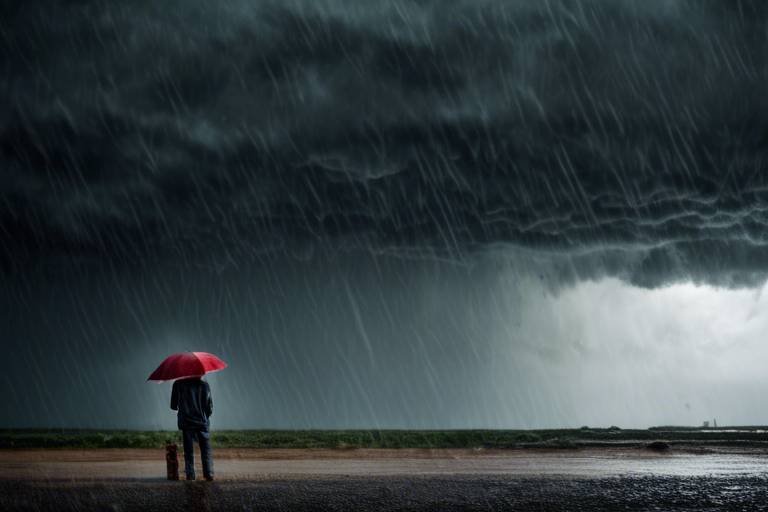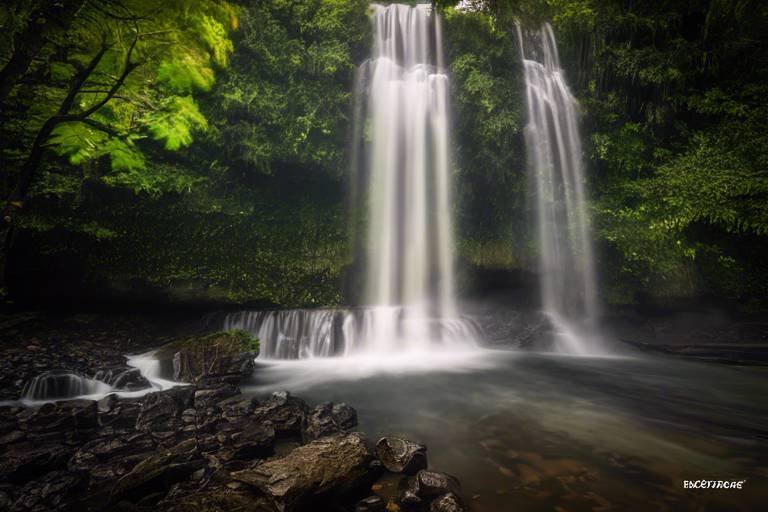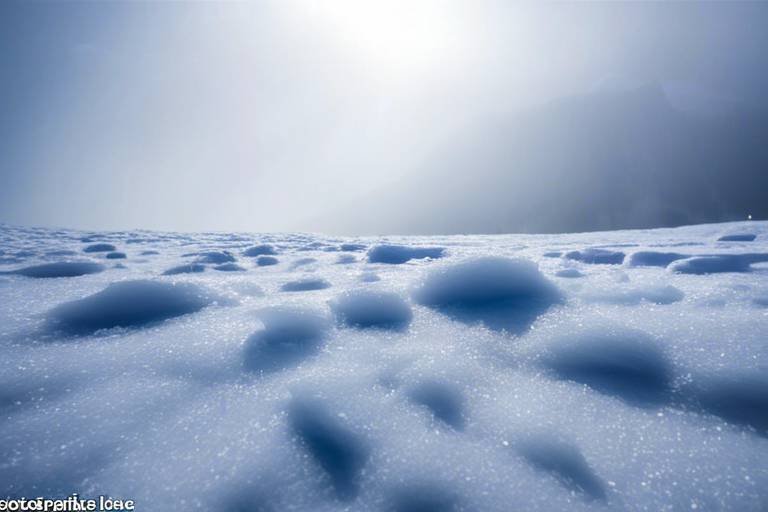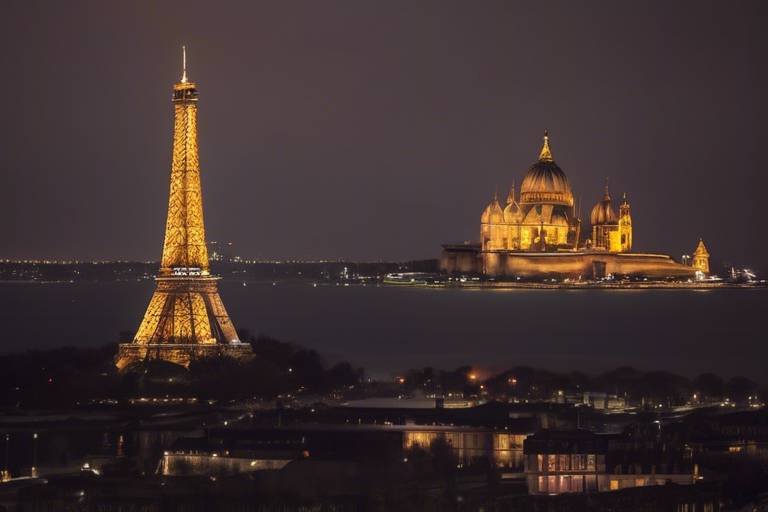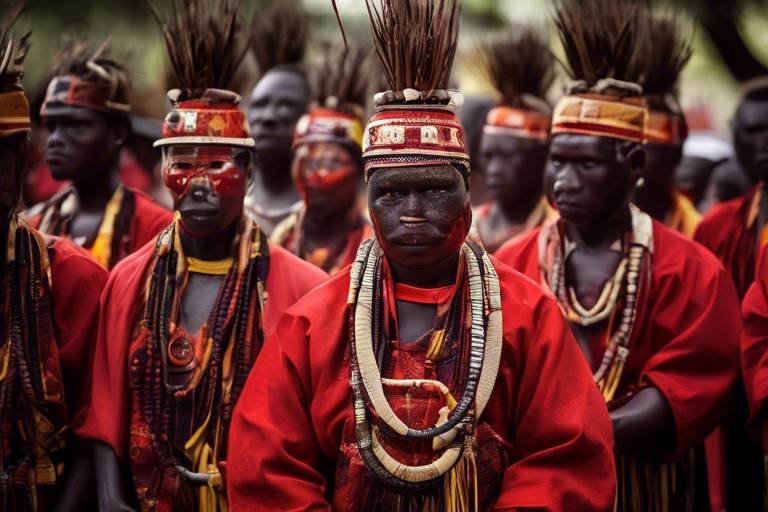How to Use Light and Shadow to Tell a Story in Your Travel Photos
Exploring the art of photography through the manipulation of light and shadow can greatly enhance the narrative and impact of your travel photos. Mastering the technique of using light and shadow effectively allows you to create visual stories that captivate viewers and transport them to the moment the photo was taken. It's like painting with light, shaping the mood and atmosphere of your images to convey the emotions and essence of your travel experiences.
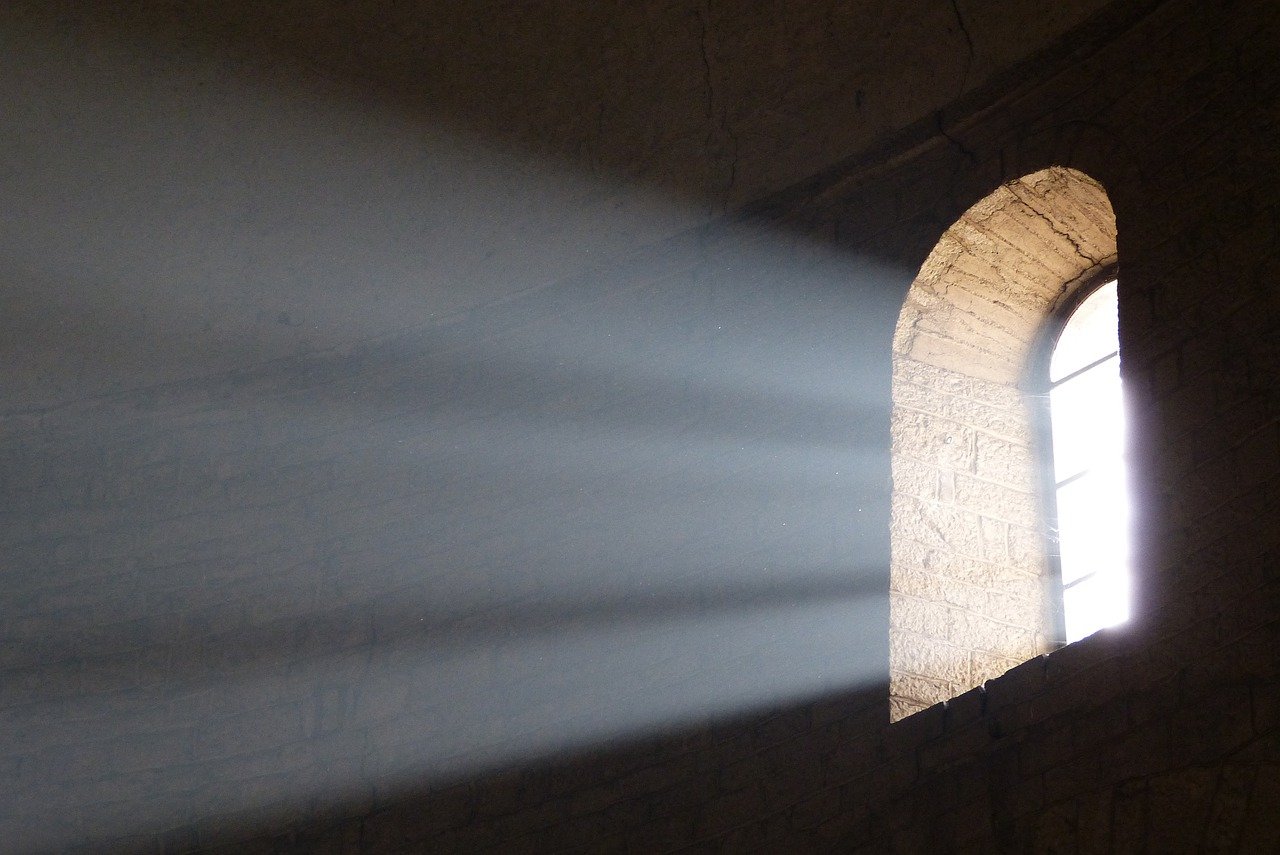
Understanding Light and Shadow
Understanding light and shadow is fundamental to creating captivating travel photos. In photography, light plays a crucial role in setting the mood, highlighting details, and adding depth to your images. Shadows, on the other hand, can create contrast, drama, and a sense of mystery in your photographs.
When you grasp the relationship between light and shadow, you unlock the power to transform ordinary scenes into extraordinary visual narratives. By manipulating these elements effectively, you can evoke emotions, guide the viewer's eye, and enhance the storytelling aspect of your travel photos.
Imagine a sunset casting long, dramatic shadows across a sandy beach, or sunlight filtering through dense foliage to create intricate patterns of light and dark. These are the moments where understanding light and shadow can elevate your photography to a new level, allowing you to capture the essence of a place in a single frame.
Experimenting with different light sources and shadow patterns can open up a world of creative possibilities in your travel photography. Whether you're shooting in the soft glow of dawn or the harsh light of midday, each lighting scenario presents unique opportunities to play with contrast, texture, and atmosphere.
By honing your skills in manipulating light and shadow, you can craft images that not only document your travels but also tell a compelling story that resonates with viewers on a deeper level. So, next time you pick up your camera, remember the magic that light and shadow can bring to your travel photos.
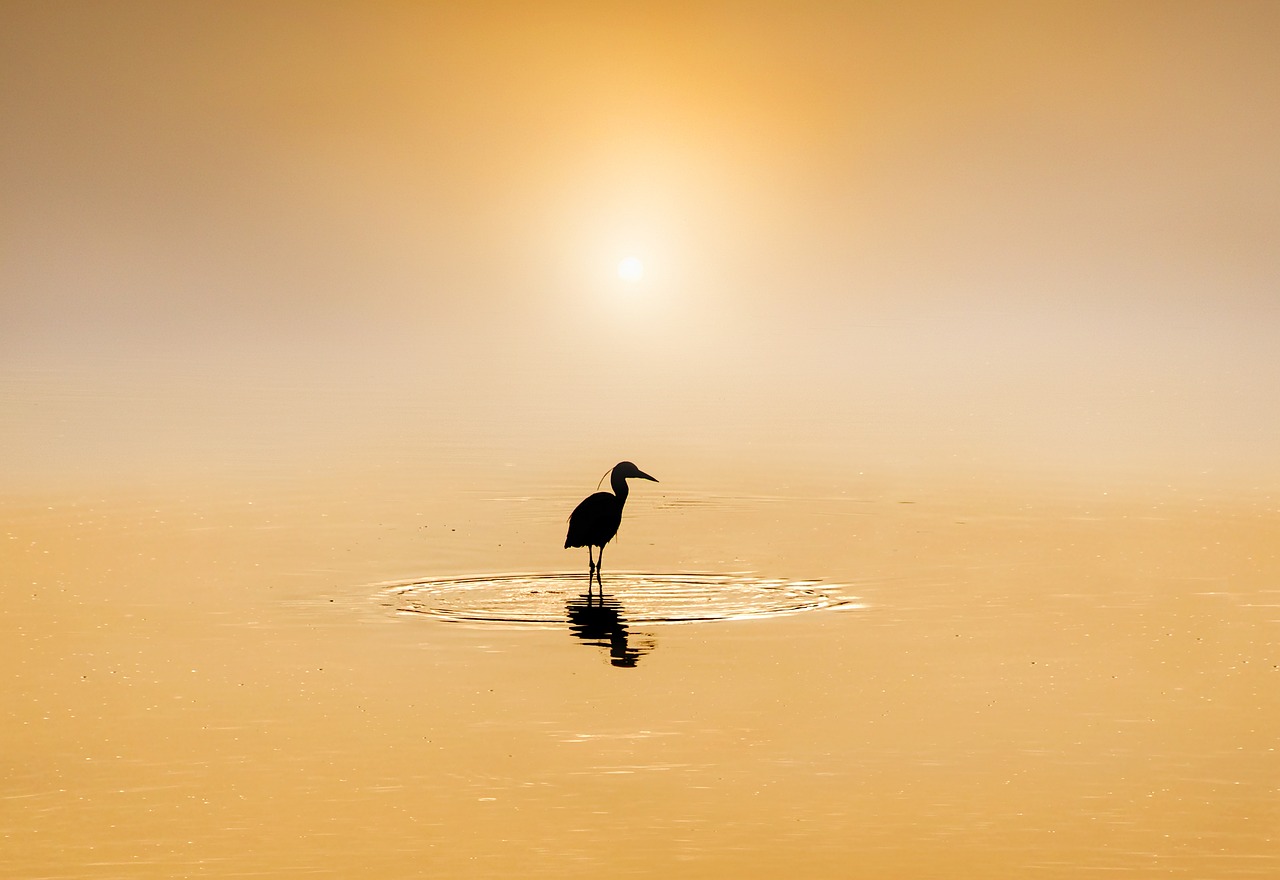
Choosing the Right Time of Day
When it comes to capturing the perfect travel photo, choosing the right time of day can make all the difference. The golden hour, known for its warm and soft light, is a favorite among photographers for its ability to enhance the beauty of a scene. During this magical time, the sun sits low on the horizon, casting long shadows and creating a golden glow that can transform even the most ordinary landscapes into extraordinary works of art.
On the other hand, the blue hour, which occurs just before sunrise and after sunset, offers a completely different atmosphere. The sky takes on a deep blue hue, providing a serene backdrop for your travel photos. The quality of light during these hours is unique and can infuse your images with a sense of tranquility and mystery.
Understanding the characteristics of these different times of day and how they affect the mood and ambiance of your photos is essential for telling a compelling visual story. By choosing the right time to shoot, you can create images that not only capture the beauty of a place but also convey the emotions and experiences of your journey.
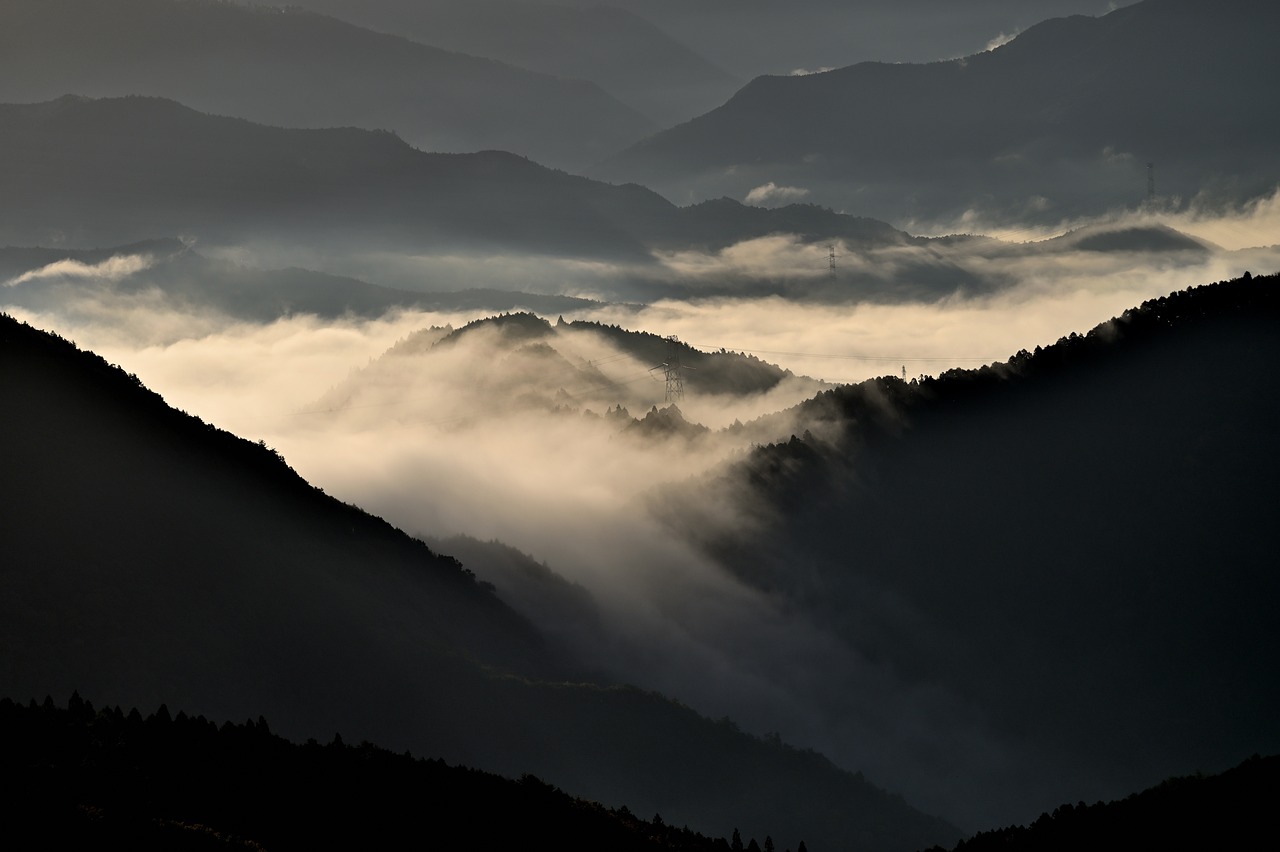
Utilizing Natural Light Sources
When it comes to capturing stunning travel photos, harnessing the power of natural light sources can make all the difference. The sun, moon, and reflections offer unique opportunities to infuse your images with drama and intrigue, elevating them from ordinary snapshots to captivating visual stories.
Imagine the warm glow of the setting sun casting long shadows across a bustling street market, or the gentle moonlight shimmering on a tranquil lake, creating a magical atmosphere. By understanding how to work with these natural light sources, you can transform your travel photos into works of art that truly transport viewers to the moment captured in the frame.
One key aspect of utilizing natural light sources effectively is to pay attention to the direction and quality of light. The angle at which light falls on your subject can dramatically change the mood and feeling of your photograph. Experiment with backlighting to create silhouettes that convey emotion and mystery, or use side lighting to highlight textures and details, adding depth to your images.
Additionally, reflections can serve as powerful tools in your photography arsenal. Whether capturing the reflection of a majestic mountain in a crystal-clear lake or the shimmering lights of a cityscape on a rain-soaked street, reflections can add a dynamic element to your compositions, creating visual interest and complexity.
Remember, the beauty of natural light lies in its ever-changing nature. As a photographer, you have the opportunity to adapt and evolve with the shifting light throughout the day, capturing unique moments that tell compelling stories through the interplay of light and shadow.

Playing with Shadows for Emphasis
When it comes to creating captivating travel photos, playing with shadows can be a powerful technique to emphasize specific elements in your scenes. Shadows have the ability to add depth, mystery, and intrigue to your images, drawing the viewer's attention to key focal points. By strategically incorporating shadows into your compositions, you can elevate the visual impact of your travel photos and enhance the storytelling aspect of your work.
Imagine a sunlit alleyway in an old European city, with intricate patterns of light and shadow dancing across the cobblestone streets. By positioning your subject in the path of a dramatic shadow cast by a nearby building, you can create a striking contrast that highlights their presence and adds a sense of drama to the scene. Shadows can act as visual anchors, guiding the viewer's gaze and adding a dynamic element to an otherwise ordinary setting.
Furthermore, playing with shadows allows you to manipulate the mood and atmosphere of your travel photos. A shadowy figure against a brightly lit background can evoke a sense of mystery and intrigue, inviting the viewer to ponder the story behind the silhouette. By experimenting with different angles and light sources, you can create visually compelling images that spark the imagination and leave a lasting impression.
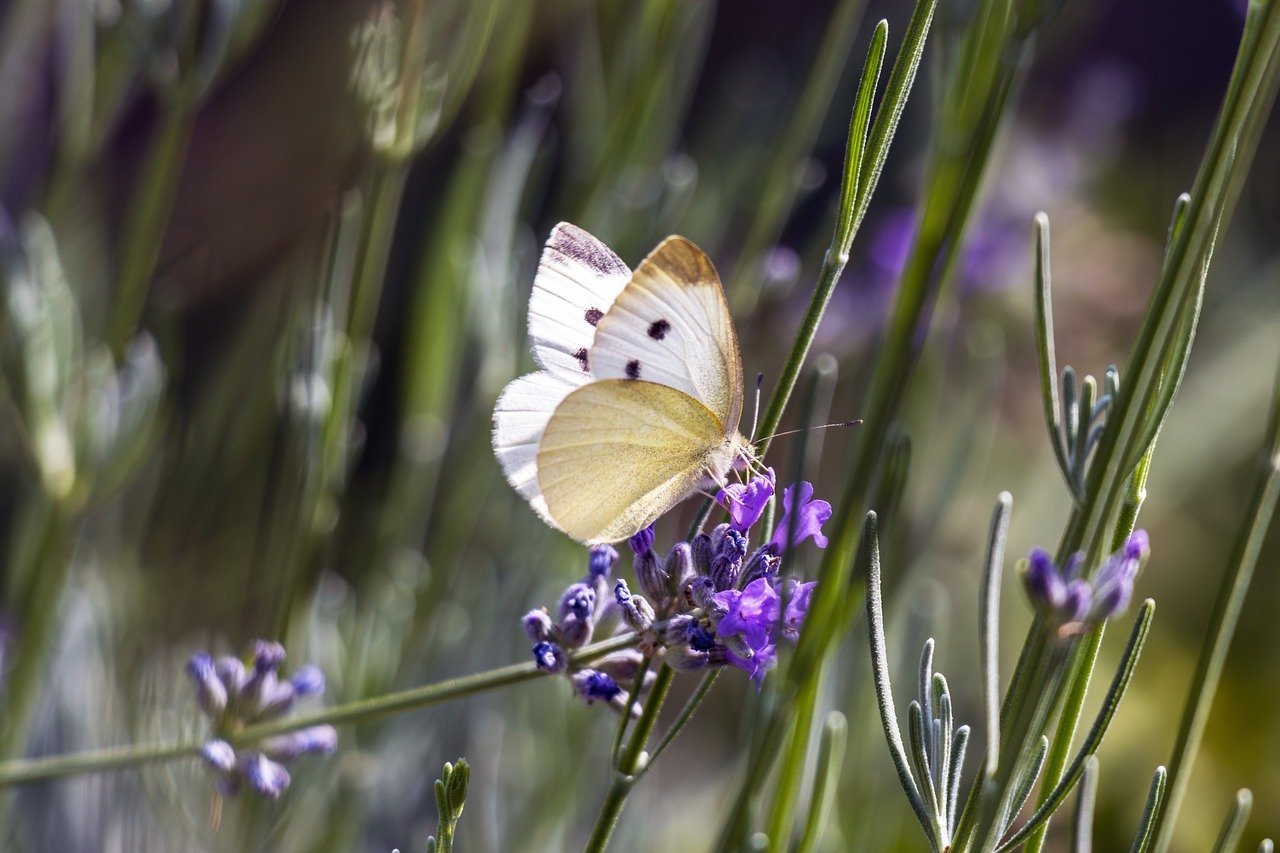
Creating Silhouettes for Dramatic Effect
Silhouettes are a powerful technique in photography that can add drama and mystery to your travel photos. By capturing the outline of a subject against a bright background, you can create striking and emotive images that leave a lasting impact on the viewer. The key to creating compelling silhouettes is to ensure that the shape of the subject is clear and easily recognizable, even without the details filled in by light. This technique allows you to convey emotion, drama, and a sense of place without revealing all the specific details, leaving room for the viewer's imagination to fill in the blanks.
To achieve captivating silhouettes, look for strong and recognizable shapes that stand out against a bright background. This could be a person striking a pose, a landmark against a colorful sunset, or a tree against a bright sky. Pay attention to the positioning of your subject to ensure a clear and distinct silhouette. Experiment with different angles and compositions to find the most visually impactful result.
Utilizing the natural light sources available to you is crucial when creating silhouettes. The contrast between the dark silhouette and the bright background is what makes this technique so visually striking. Consider shooting during the golden hour or blue hour when the light is soft and warm, creating a beautiful backdrop for your silhouettes. Embrace the play of light and shadow to enhance the drama and intensity of your images.
Remember, silhouettes are not just about the subject itself but also the negative space around it. Pay attention to the composition of your image and how the empty spaces contribute to the overall mood and storytelling. By mastering the art of creating silhouettes, you can evoke powerful emotions and transport your viewers to a different world, where imagination and interpretation reign supreme.
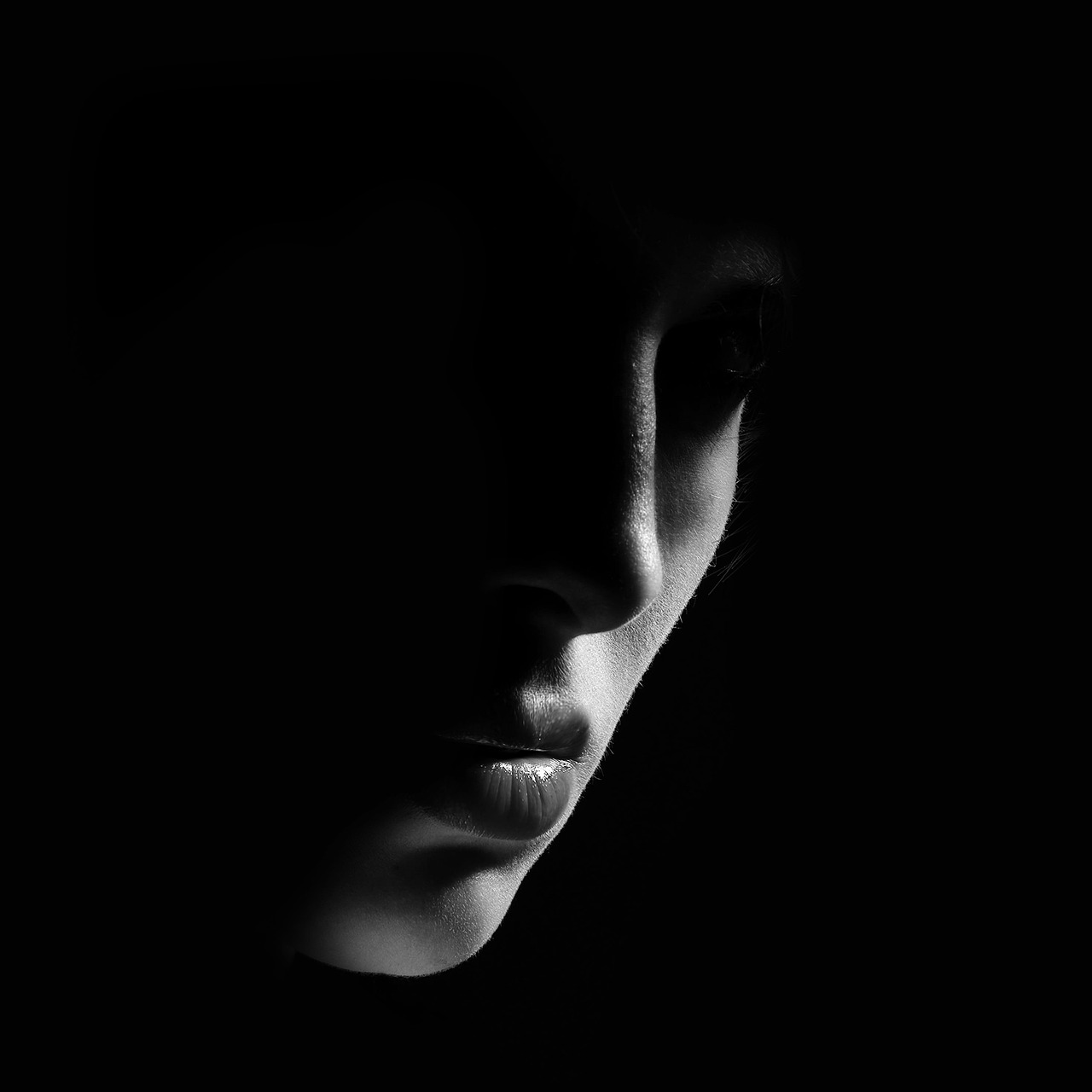
Enhancing Texture and Detail through Lighting
Enhancing texture and detail through lighting is a crucial aspect of creating captivating travel photos. By skillfully manipulating light and shadow, photographers can accentuate the textures, patterns, and intricate details of their subjects, adding depth and visual interest to their images.
One effective technique for enhancing texture is to position the light source at an angle to the subject, creating shadows that emphasize the surface details. This play of light and shadow can bring out the roughness of a weathered stone wall, the softness of a delicate flower petal, or the intricate patterns of a woven textile.
Furthermore, utilizing backlighting can create a stunning effect by highlighting the edges of objects and revealing their silhouette against a bright background. This technique can add a sense of drama and dimension to your travel photos, making them more visually engaging and dynamic.
Experimenting with different types of lighting, such as soft diffused light or harsh direct light, can also help photographers enhance texture and detail in their images. Soft light can gently illuminate subtle textures, while harsh light can create strong contrasts and bring out intricate details that may otherwise go unnoticed.
Additionally, incorporating reflective surfaces in your compositions can further enhance texture and detail by introducing interesting reflections and patterns. Water, glass, and polished metal surfaces can all play a role in adding visual complexity to your travel photos, creating a sense of depth and richness in the image.
By mastering the art of enhancing texture and detail through lighting, photographers can elevate their travel photos to a new level of visual sophistication, capturing the intricacies and beauty of the world around them in a compelling and engaging way.
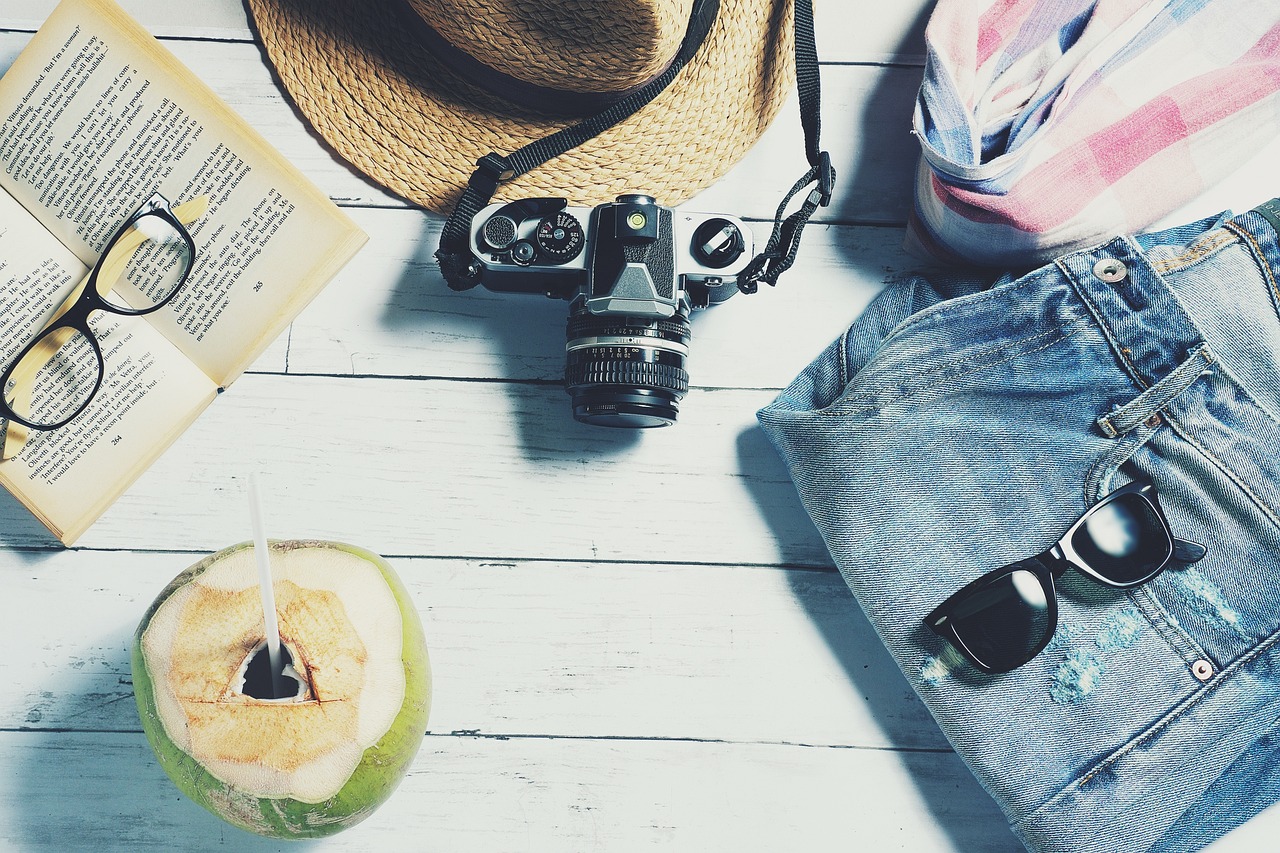
Using Light to Convey Mood and Atmosphere
Exploring the art of photography through the manipulation of light and shadow can greatly enhance the narrative and impact of your travel photos. Learn how to master this technique to create compelling visual stories.
Light is a powerful tool that can set the mood and atmosphere of your travel photos. The way light falls on a subject can evoke a wide range of emotions and feelings in the viewer. Imagine a soft, golden light casting a warm glow over a serene landscape, instantly creating a sense of tranquility and peace. On the other hand, harsh, directional light can create dramatic shadows and intense contrasts, conveying a feeling of mystery or tension.
By understanding how different qualities of light influence the mood of your photos, you can intentionally manipulate light to convey the atmosphere you want to capture. Experiment with backlighting to create a dreamy, ethereal mood or use side lighting to add depth and dimension to your subjects. Consider how the color temperature of light affects the overall tone of your images - warm tones can create a cozy and inviting atmosphere, while cool tones may evoke a sense of calmness or melancholy.
Remember, light is not just a technical aspect of photography but a storytelling element that can transport your viewers to different emotional landscapes. Use light creatively to infuse your travel photos with the desired mood and atmosphere, making them more engaging and memorable.
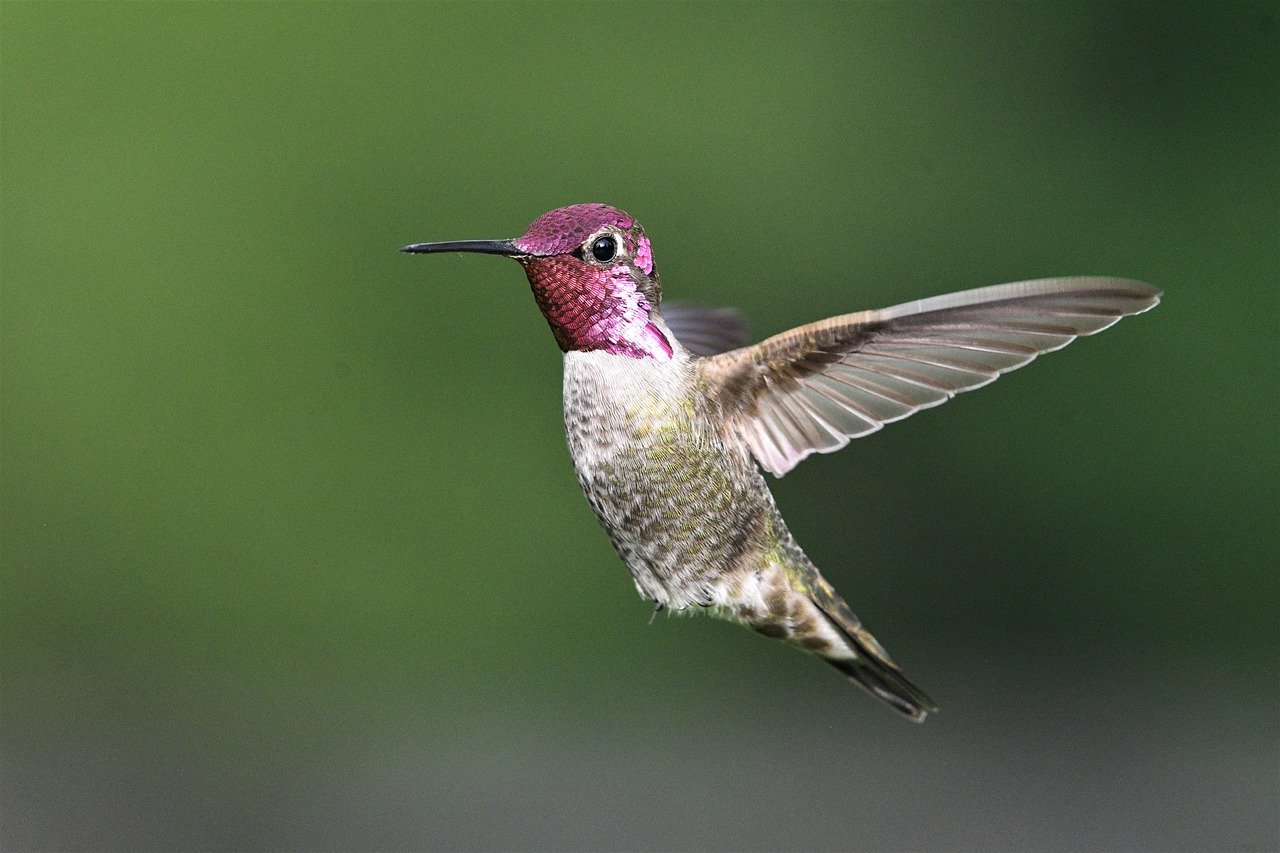
Balancing Light and Shadow for Visual Harmony
When it comes to creating visually appealing travel photos that truly captivate the viewer, mastering the art of balancing light and shadow is crucial. Achieving visual harmony through the interplay of illumination and darkness can elevate your photography to new heights, allowing you to tell a captivating story through your images.
Imagine a scene where the soft glow of the setting sun casts long, dramatic shadows across a historic cobblestone street, highlighting the intricate details of ancient architecture. By skillfully balancing the light and shadow in your composition, you can create a sense of depth and dimension that draws the viewer into the scene, making them feel as if they are right there experiencing the moment with you.
One effective technique for achieving visual harmony is to use the contrast between light and shadow to emphasize key elements in your travel photos. By strategically placing areas of light and darkness within your frame, you can create a dynamic visual balance that guides the viewer's eye through the image, leading them on a visual journey of discovery.
Another aspect to consider when balancing light and shadow is the color temperature of the light sources in your scene. By understanding how different types of light affect the mood and atmosphere of your photos, you can adjust your exposure settings to achieve the desired visual effect. Whether you're capturing the warm, golden hues of a sunrise or the cool, blue tones of a moonlit night, mastering the balance of light and shadow is key to creating visually stunning travel images.
Ultimately, the art of balancing light and shadow for visual harmony in your travel photos is about creating a sense of equilibrium that enhances the overall composition. By carefully considering the placement of light and shadow within your frame, you can create images that not only tell a compelling story but also evoke an emotional response from the viewer. So, next time you're out exploring the world with your camera in hand, remember to pay attention to the delicate dance of light and shadow, and watch as your travel photos come to life with visual harmony.
Frequently Asked Questions
- What equipment do I need to start experimenting with light and shadow in my travel photography?
To begin exploring light and shadow in your travel photos, all you really need is a camera, whether it's a professional DSLR or a smartphone. Additionally, having a basic understanding of composition and lighting techniques will greatly enhance your results.
- How can I make the most of natural light sources for my travel photos?
To utilize natural light effectively, pay attention to the direction, quality, and intensity of light. Experiment with shooting during the golden hour, when the sun is low in the sky, or during the blue hour for a different mood. Reflective surfaces like water can also create interesting lighting effects.
- What are some tips for creating visually appealing silhouettes in travel photography?
To capture striking silhouettes, place your subject in front of a bright light source, such as the setting sun. Ensure that the background is uncluttered to emphasize the shape of the silhouette. Adjust your exposure settings to properly expose for the background light while keeping your subject dark.
- How can I convey different moods and atmospheres in my travel photos through lighting?
Experiment with the color temperature of light to evoke specific emotions in your images. Soft, warm light can create a cozy and inviting atmosphere, while harsh, cool light can add a sense of drama. Play with shadows and highlights to enhance the mood you want to convey.
- What are some common mistakes to avoid when using light and shadow in travel photography?
Avoid overexposing or underexposing your images, as this can lead to loss of detail in highlights or shadows. Be mindful of distracting shadows that may detract from your subject. Practice balancing light and shadow to create harmonious compositions.

